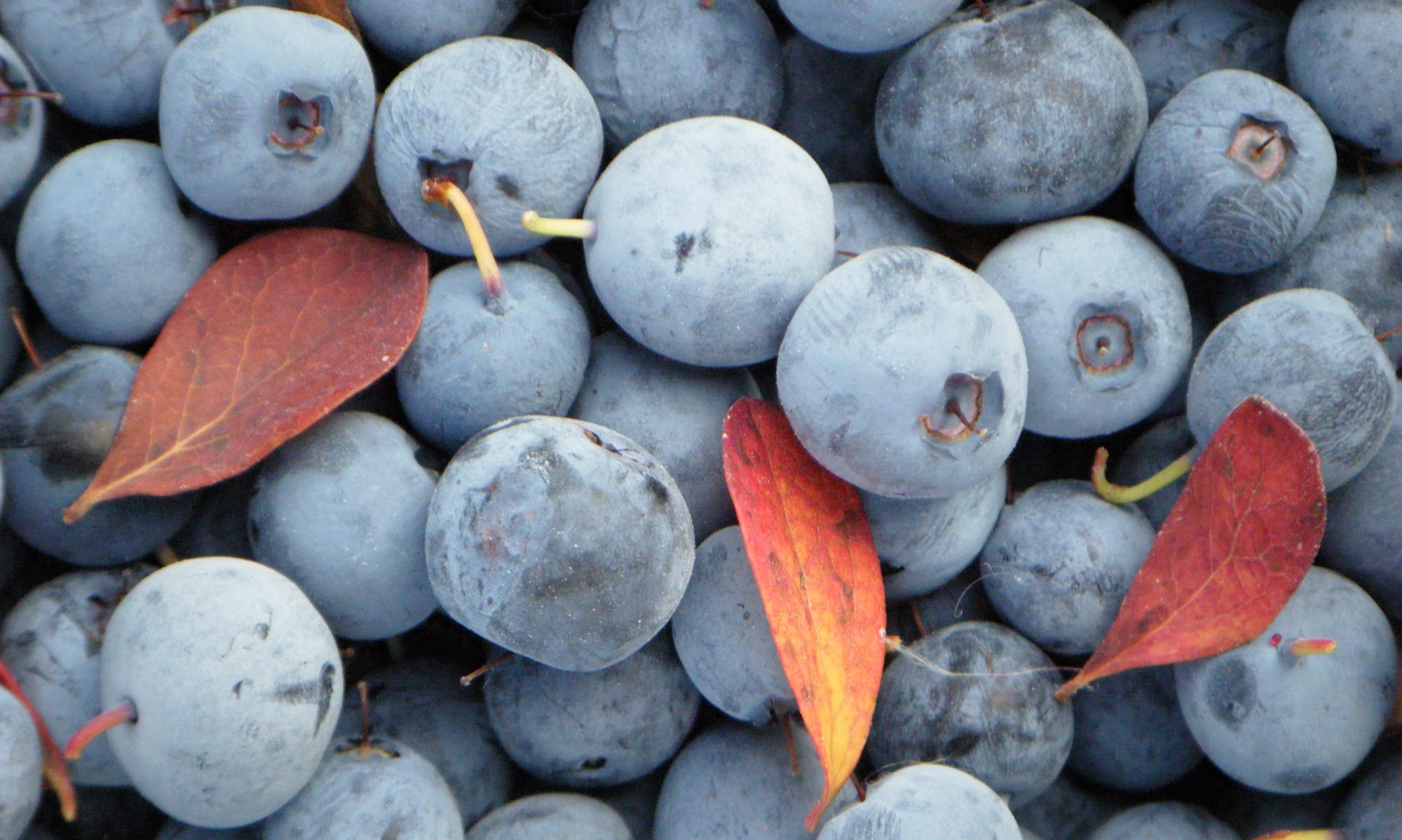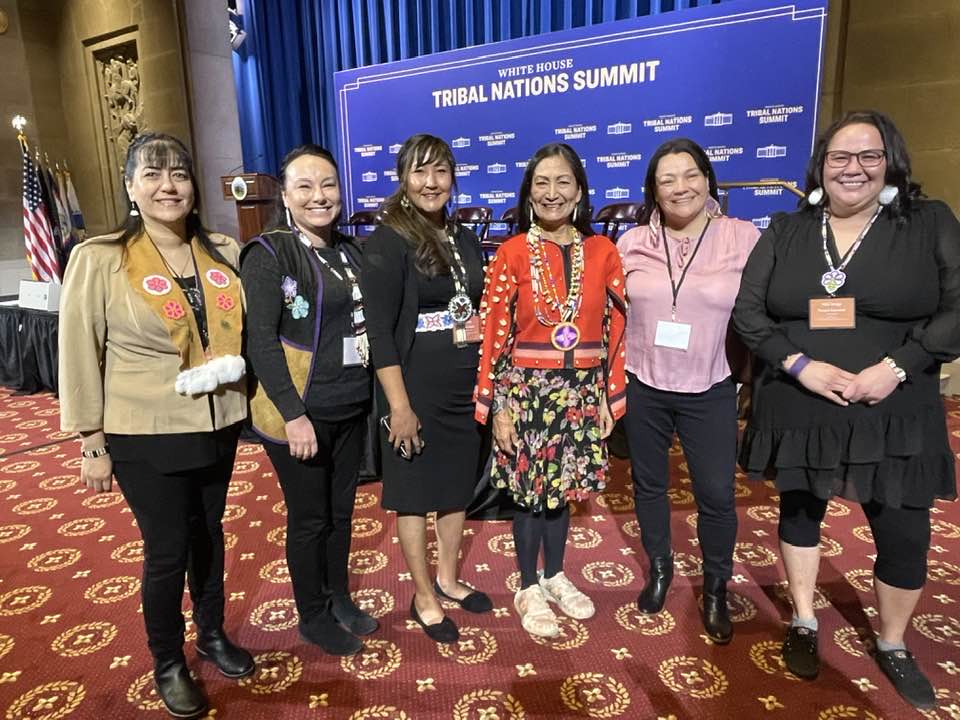My Inupiaq name is Iñukualuk and my Denaakk’e name is Tł’oyenaadleno. My English name is Jennifer (Maguire) Adams. I am originally from Allakaket, Alaska. My grandparents are the late Johnson and Bertha (Nictune) Moses of Allakaket and Alatna. My parents are the late Bob and Cora Maguire of Allakaket/Fairbanks.
I was hired by the University of Alaska Fairbanks College of Indigenous Studies as an assistant professor in the Department of Alaska Native Studies and Rural Development in September 2023. I believe that one of the reasons I was hired is because of my involvement with Alaska Native organizations and Tribes. My service on the board of directors for the Doyon Foundation offers a collaborative pathway for education projects with the University of Alaska, as well as the consultative work with my Tribe (Allakaket) on infrastructure and grant projects. Some of my colleagues are also engaged in Tribal projects that bring us closer to Tribes and Indigenous people in Alaska.
Examples of other collaborations that can help both the University and Tribes are:
- language revitalization,
- workforce development,
- Tribal education projects,
- self governance,
- Indigenous knowledge,
- infrastructure projects,
- cultural security and wellbeing,
- state and federal government advocacy,
- problem-solving research that advances Native communities, etc.
These types of collaborations create two-way benefits for all involved – good for the University and good for the Tribes. For example, if the University collaborates with a Tribe to increase capacity in workforce development, there are funding streams and grants that can benefit both entities.
US Secretary of the Interior Deb Haaland spoke about the disconnect between education and tribal communities in her 2022 commencement speech at Haskell Indian Nations University. Higher education institutions can be agents of progressive change if they collaborate more with tribal communities.
Tribal College Journal (TCJ) points out that an expert leader (of which Alaska Native tribal communities have many) needs to be identified to help produce the partnership effectively. TCJ also advises that when creating and sustaining a mutually beneficial partnership for all parties, it is also important to identify what should be done by other local government entities like boroughs, local chapters and schools.
Steps forward can start with identifying issues of common interest and developing resources that can be transferred. Alaska Native people, organizations and Tribes should have input into what types of career programs are most in demand, to help shape University offerings. Traditional knowledge should also be incorporated into higher education wherever and whenever possible. Drawing from the wisdom of Alaska Native Elders can only enrich the University.
Applied research that will contribute to actual rural Alaska community development should also improve living conditions for those communities. The Nature Conservancy points out that Indigenous “communities collectively manage at least one-quarter of the world’s lands, 17% of all forest carbon, and vast stretches of freshwater and marine habitats. Their stewardship and management often achieve greater conservation results and sustain more biodiversity than government protected areas”. There is a lot to learn from Indigenous people about managing the environment.
Another example is at Arizona State University, where
the combined efforts of American Indian Studies and the School of Geographical Sciences and Urban Planning have helped support communities in the Navajo Nation in developing land use plans, updating older land use plans and supporting discussion and community education for economic development efforts and planning for new infrastructure projects.
ASU also has a mixed-reality game project called WaterSIMmersive where Indigenous students start a dialogue with tribal and rural community members…to better understand and voice their water concerns.
An example at the University of Alaska Fairbanks is the Tamamta Program, which is “centered on elevating 14,000+ years of Indigenous stewardship and bridging Indigenous and Western sciences to transform graduate education and research in fisheries and marine sciences”.
It is not hard to imagine how the University can increase the benefits by cooperating with Alaska Native organizations and communities. Tribal people and communities can benefit as well. There are many exciting possibilities!
I look forward to bringing my students into this type of real-world community development, since it is beneficial to their learning and beneficial for Tribes to have a new generation to assist them with collaborative projects.
If you know of an Alaska Tribe that has a project they would like to collaborate or request assistance with, please contact us at the Department of Alaska Native Studies and Rural Development (DANSRD) in the College of Indigenous Studies! Our email address is uaf-dansrd@alaska.edu and our website is https://www.uaf.edu/dansrd/.

